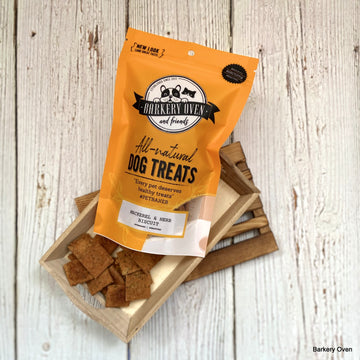In view of how the COVID-19 pandemic has forced most of us to stay at home, we would think that our furbabies (cats and dogs) would be thrilled to have us spending the entire day with them.
However, according to Stephanie Borns-Weil, the head of behaviour service at Cumming Veterinary Medical Centre, Massachusetts, United States of America, she said being stuck at home would affect their (cats and dogs) routine.
“Although our pets may enjoy getting to spend more time with us, the dramatic shift in their routines stresses many of them out. As a result, many people who may have dreamed of being home all day with their pets have realized that, in reality, it can be…challenging,” she said, adding that pets would act needier than usual. This has proven true with our cat Suki.
Furthermore, Borns-Weil shared cats in particular can be easily overwhelmed by having people around when they do not expect them – especially younger children who tend to add more noise and chaos.
Here are some signs to observe if your cat is stressed:
Do note that many of these signs of stress are similar when a cat is in pain.
Be aware and observe of any unusual behavior change as it is important to get your cat checked out by the vet.
Signs of stress may include:
- Becoming more withdrawn or hiding more than usual
- Becoming less tolerant of you and others in the household
- Hesitating or becoming reluctant to use the litter tray, sitting on your lap
- Eating or drinking less
- Overeating
- Increased anxiety or fear
- Sleep disturbance
- Pacing, circling or restlessness
- A scruffy or matted coat
- House soiling
- Over-grooming
And if your vet has told you that your cat is completely healthy and just stressed because you are home 24-7, here are some strategies that you can help to destress them:
- Be patient with your cat. Since the pandemic hit, we are required to get used to the new normal. Just as it is frustrating for us to adapt to the change, our pets would find it harder as they do not understand what is going on in the world. Do remember if they engage in frustrating behaviors, it is because they do not know what is going on and are trying to communicate an unmet need. Hence, don’t be angry at them but do try to understand how you can meet their needs.
- Create and stick to routine. The more consistent we can be with a daily routine; our pets will have a clearer expectation during this time of being home around the clock. Stick to regular mealtimes with your pet and schedule in opportunities for social interactions such as play time and cuddling.
- Give your cat(s) some space. We all need our own space, and so does your cat! They do need their quiet time and boundaries. Borns-Weil said that being around people all day, every day, can be a lot for animals. That said, provide your cat a place it can escape to for a break. Whether it is a window perch or a chair for your cat, designate their favorite spot as a place where no one is allowed to bother them.
- Ensure a child-safe environment. Never leave babies or small children alone with your cat. Always keep an eye on your children and your cat. At the same time, do ensure there are plenty of elevated surfaces where your cat can quickly get out of the reach of a child before it loses its patience.
- Plan for an eventual return to normal. If your cat starts to love having you home all day, she is going to feel some distress separation when you return to “normal” life. To prevent this, take some time away from your cat during your pandemic routine. Go for a drive or a walk or engage in safe activities that do not include your pets. This will help your cat to retain the skills of coping with themselves and enjoy their time alone.
Source: Two Crazy Cat Ladies, Tufts Now & Cats.org.uk


























